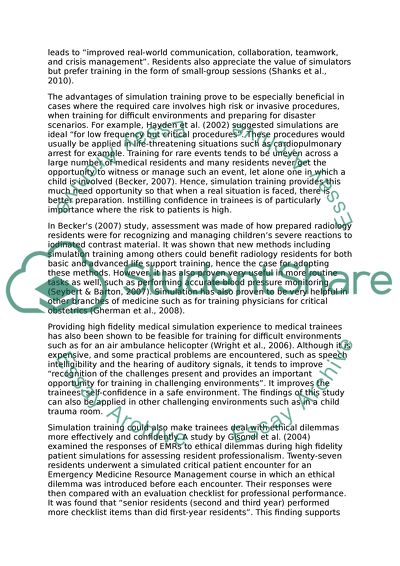Cite this document
(“Is simulation an effective educational tool in teaching procedural Dissertation”, n.d.)
Retrieved from https://studentshare.org/family-consumer-science/1407194-is-simulation-an-effective-educational-tool-in
Retrieved from https://studentshare.org/family-consumer-science/1407194-is-simulation-an-effective-educational-tool-in
(Is Simulation an Effective Educational Tool in Teaching Procedural Dissertation)
https://studentshare.org/family-consumer-science/1407194-is-simulation-an-effective-educational-tool-in.
https://studentshare.org/family-consumer-science/1407194-is-simulation-an-effective-educational-tool-in.
“Is Simulation an Effective Educational Tool in Teaching Procedural Dissertation”, n.d. https://studentshare.org/family-consumer-science/1407194-is-simulation-an-effective-educational-tool-in.


